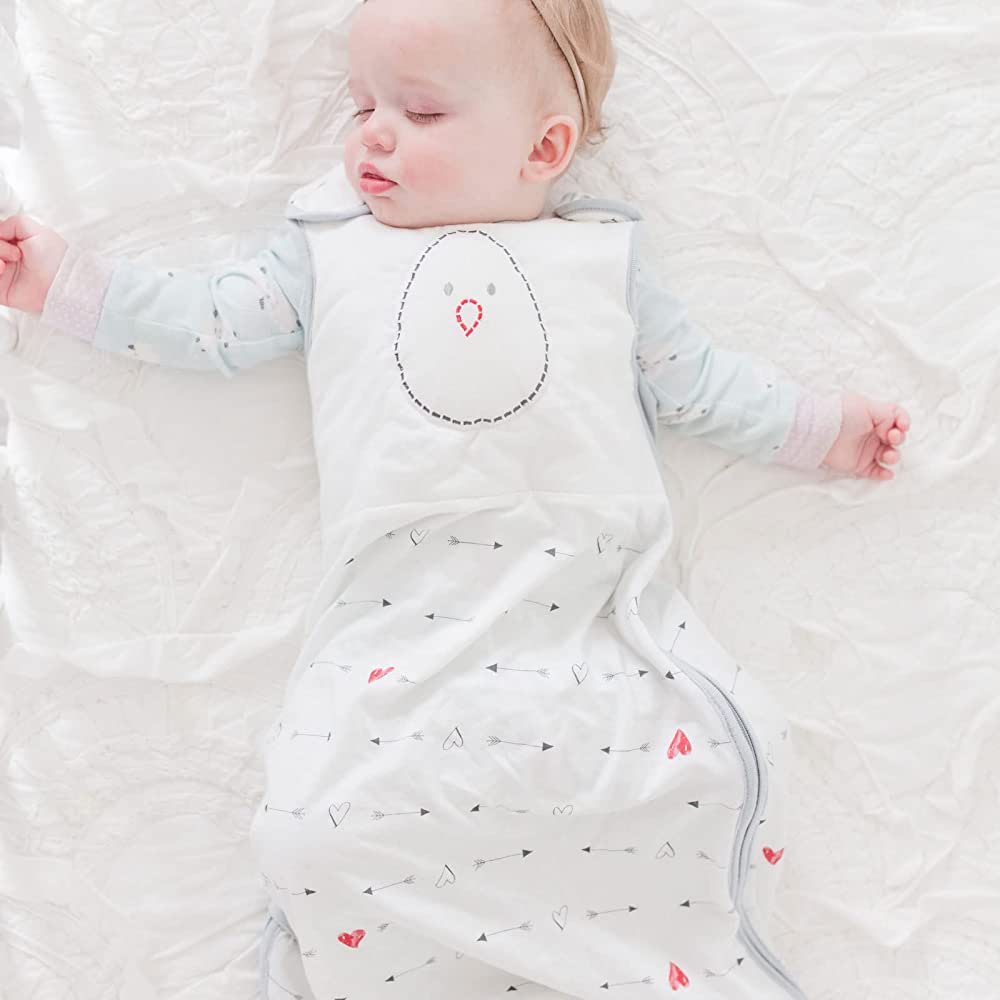Dressing your baby for sleep in a bamboo fiber winter baby sleep sack can be a bit tricky, especially if you’re new to using sleep sacks. Here are some tips on how to dress your baby for sleep in a bamboo fiber winter baby sleep sack
Check the temperature
First, it’s important to check the temperature in your baby’s room. You want to make sure that your baby is warm enough without overheating. A temperature between 68-72°F (20-22°C) is ideal for most babies.
Choose the right thickness
Bamboo fiber sleep sacks come in varying thicknesses, so it’s important to choose the right one for the temperature in your baby’s room. A sleep sack with a TOG rating between 2.5-3 is usually a good choice for winter.
Dress your baby appropriately
Dress your baby appropriately for the temperature in the room. If it’s on the cooler side, you may want to dress your baby in a long-sleeved onesie and leggings or footed pajamas underneath the sleep sack. If it’s warmer, a short-sleeved onesie or just a diaper under the sleep sack may be enough.

Zip up the sleep sack
Once your baby is dressed appropriately, it’s time to zip up the sleep sack. Make sure that the sleep sack fits snugly around your baby’s body without being too tight. The armholes should fit snugly as well to prevent your baby from slipping down inside the sleep sack.
Choose the right sleep sack length
Bamboo fiber sleep sacks come in different lengths, so make sure you choose the right one for your baby’s height. The sleep sack should be long enough to cover your baby’s shoulders and arms but not too long that your baby’s feet get tangled up in the fabric.
Don’t add any extra blankets
When using a sleep sack, it’s important not to add any extra blankets or bedding to your baby’s sleeping environment. The sleep sack is designed to keep your baby warm and comfortable, and adding extra blankets can increase the risk of suffocation and Sudden Infant Death Syndrome (SIDS).
Monitor your baby’s temperature
Throughout the night, monitor your baby’s temperature to make sure they’re not too hot or too cold. Feel your baby’s forehead or chest to check for signs of overheating or sweating.
In conclusion, dressing your baby for sleep in a bamboo fiber winter baby sleep sack is all about finding the right balance between warmth and comfort. By choosing the right thickness, dressing your baby appropriately, zipping up the sleep sack, and monitoring your baby’s temperature throughout the night, you can ensure that your little one is safe and comfortable while sleeping during the winter months.
The Importance of Natural Materials in Your Baby’s Sleeping Environment in Winter
Creating a comfortable and safe sleeping environment for your baby is important, especially during the winter months when temperatures can drop. One key factor to consider when creating a cozy sleeping space for your little one is the use of natural materials. Here are some reasons why natural materials are important for your baby’s sleeping environment in winter:
Breathability: Natural materials like cotton, wool, and bamboo are breathable, which means they can help regulate your baby’s body temperature. This is important in winter when temperatures may fluctuate throughout the night.
Softness: Natural materials are typically softer than synthetic materials, making them more comfortable for your baby to sleep on. Soft materials can also help prevent skin irritation and rashes.
Hypoallergenic: Many natural materials are hypoallergenic, which means they are less likely to cause allergic reactions in your baby. This is important for babies with sensitive skin or allergies.
Moisture-wicking: Natural materials like wool and bamboo are great at absorbing moisture, which can help keep your baby dry and comfortable while they sleep. This is important for babies who sweat or drool in their sleep.
Sustainable: Using natural materials is a more sustainable option for your baby’s sleeping environment. Natural materials like cotton, wool, and bamboo are renewable resources that are grown without harmful pesticides or chemicals.